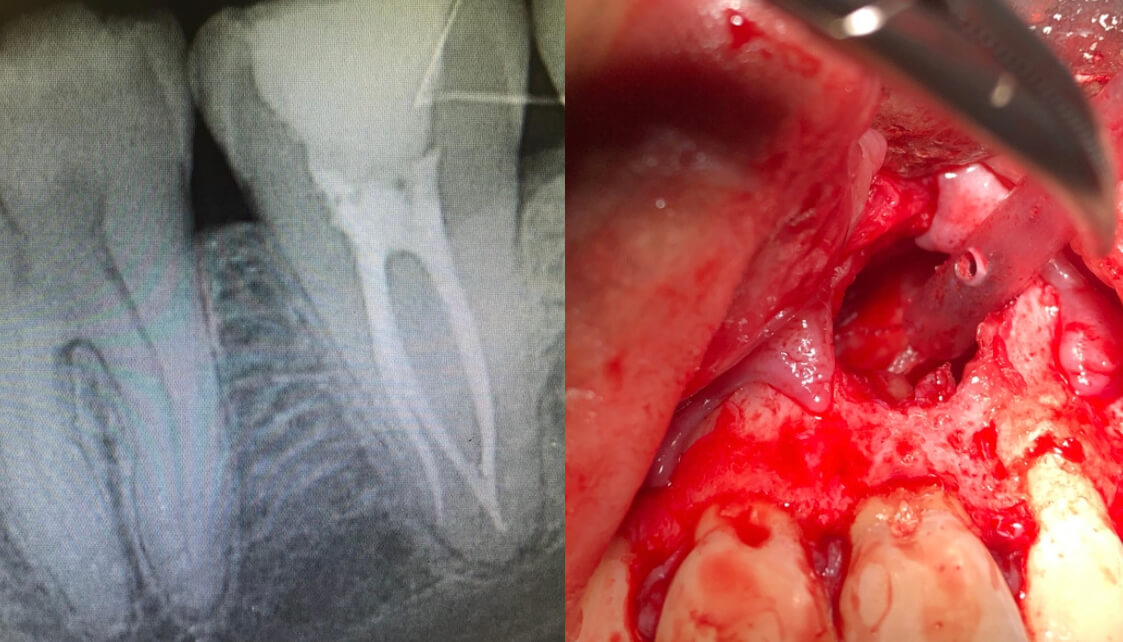
By Karun Dewan, Consultant in Restorative Dentistry & Specialist in Prosthodontics, Endodontics, and Periodontics
It is increasingly recognised that the impact of disease on quality of life should be taken into account when assessing health status. It is likely that tooth loss, in most cases being a consequence of oral diseases, affects Oral Health-Related Quality of Life. Tooth loss causes disorder in the individual’s quality of life, mainly when it affects their well-being and appearance.
In many cases of root canal treatment, your saved tooth will last a lifetime; but not every case is cut and dry. If you’ve already had endodontic treatment and you’re experiencing issues again, or if you’ve been told that a root canal procedure is no longer an option for you, know that there are endodontic treatment alternatives. These are endodontic retreatment or endodontic surgery. Often different names such as apical surgery, apicectomy or endodontic microsurgery are used instead of endodontic surgery.
Endodontic microsurgery is needed when the tooth does not heal as expected after initial root canal treatment or root canal retreatment. In some cases, root canal treatment is insufficient to save your tooth. In such a situation, your endodontist may recommend alternative strategies, which may include endodontic microsurgery. The endodontic microsurgery is a surgical procedure performed under microscope. As with any dental or medical procedures, occasionally, a tooth may fail to heal following the initial treatment for several reasons.
There are several situations in which endodontic surgery can help save a tooth where normal root canal therapy would be lacking and below are some broad indications (British Endodontic Society and Royal College of Surgeons of England):
Surgical endodontic treatment performed in a modern technique is a viable treatment option for failed or failing root canal treated tooth. The type of advanced retro filling material and magnification (microscope) device may affect the outcome in a positive way.